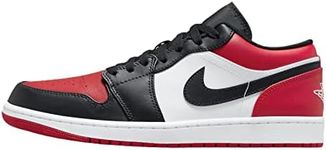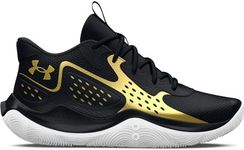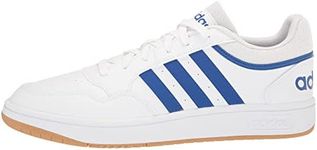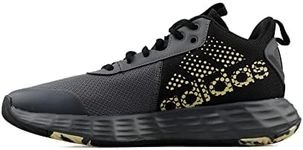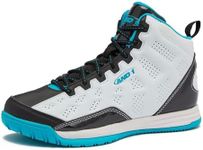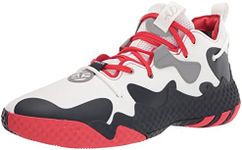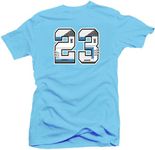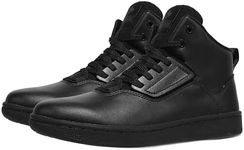Buying Guide for the Best Performance Basketball Shoes
Choosing the right performance basketball shoes is crucial for any player, whether you're a beginner or a seasoned pro. The right pair can enhance your performance, provide the necessary support, and help prevent injuries. When selecting basketball shoes, consider the following key specifications to ensure you find the best fit for your needs.FitFit refers to how well the shoe conforms to your foot. A good fit is essential for comfort and performance. Shoes that are too tight can cause blisters and discomfort, while shoes that are too loose can lead to instability and injuries. To find the right fit, try on shoes with the socks you plan to wear during play, and make sure there's enough room to wiggle your toes without the shoe slipping off your heel.
CushioningCushioning is the padding inside the shoe that absorbs impact and provides comfort. This is important because basketball involves a lot of jumping and quick movements, which can be hard on your feet and joints. Cushioning can vary from minimal to maximum. If you prefer a more responsive feel and closer court contact, go for minimal cushioning. If you need more shock absorption and comfort, opt for maximum cushioning.
SupportSupport in basketball shoes is crucial for preventing injuries, especially ankle injuries. This includes the shoe's structure and any additional features like ankle straps or high tops. Low-top shoes offer more freedom of movement and are lighter, making them suitable for players who rely on speed and agility. Mid-top shoes provide a balance of support and mobility, while high-top shoes offer the most ankle support, ideal for players who need extra stability.
TractionTraction refers to the shoe's grip on the court surface. Good traction is essential for quick cuts, pivots, and stops. The outsole pattern and rubber compound determine the level of traction. Shoes with a herringbone pattern typically offer excellent grip. If you play on indoor courts, look for shoes with non-marking rubber outsoles. For outdoor play, choose shoes with more durable rubber to withstand rougher surfaces.
DurabilityDurability is about how well the shoes can withstand the wear and tear of regular play. This is important because basketball can be tough on shoes, and you want a pair that will last. Look for shoes made with high-quality materials and reinforced areas that are prone to wear, such as the toe box and outsole. If you play frequently or on outdoor courts, prioritize durability to get the most out of your investment.
WeightWeight refers to how heavy the shoes are. Lighter shoes can help you move faster and feel less fatigued, while heavier shoes might offer more support and cushioning. If you are a guard or a player who relies on speed and quick movements, lighter shoes might be more suitable. For forwards and centers who need more support and stability, slightly heavier shoes could be a better choice.
